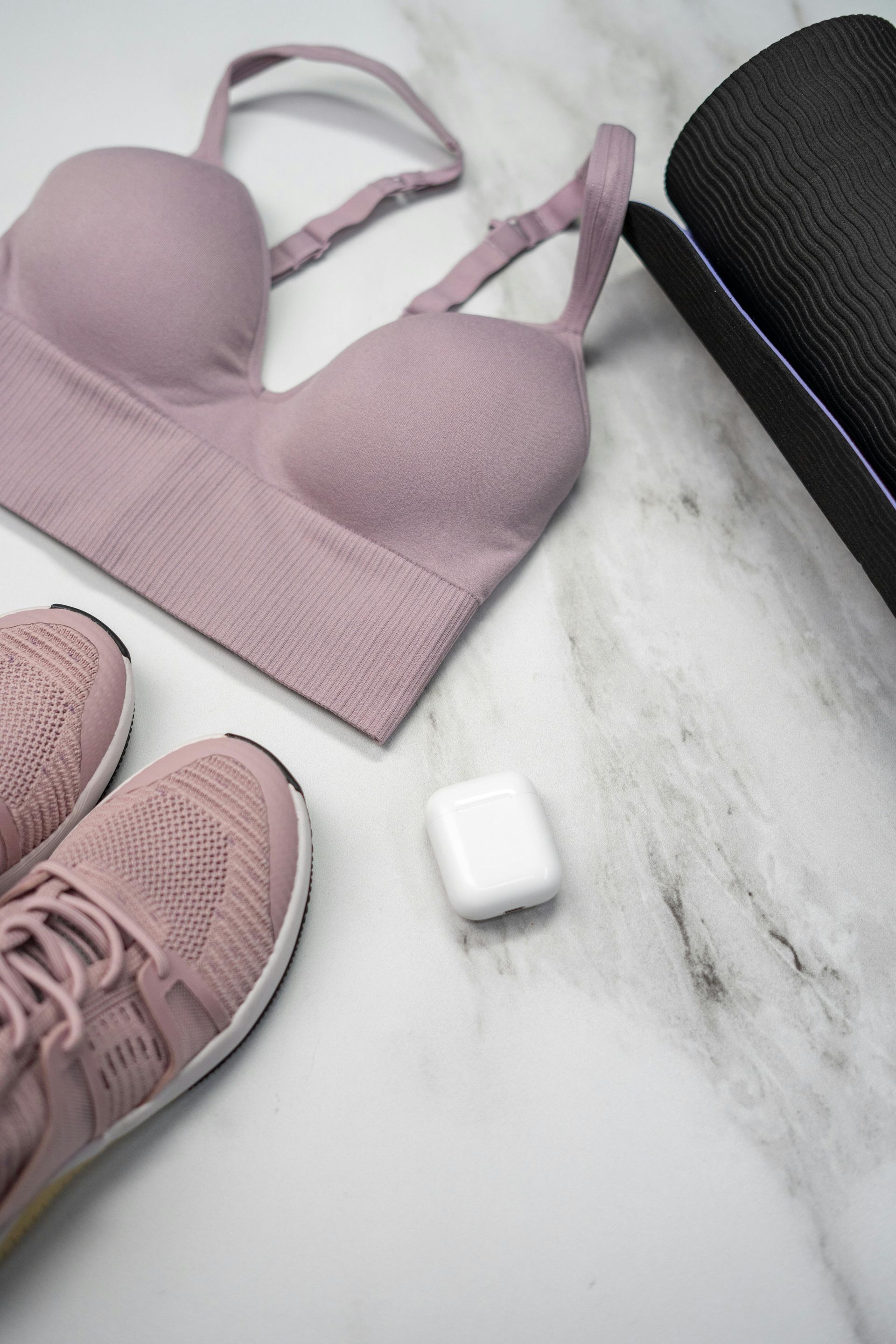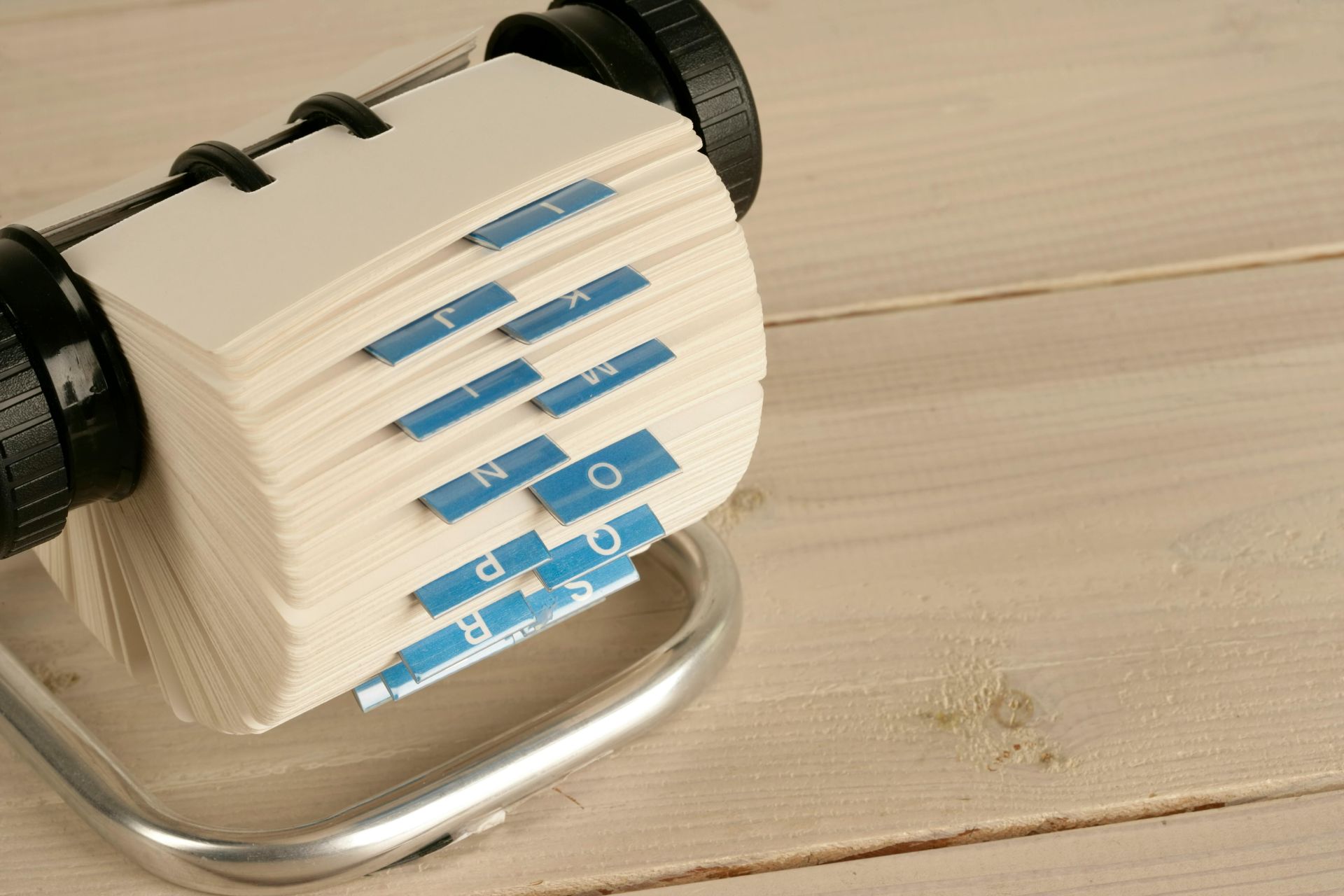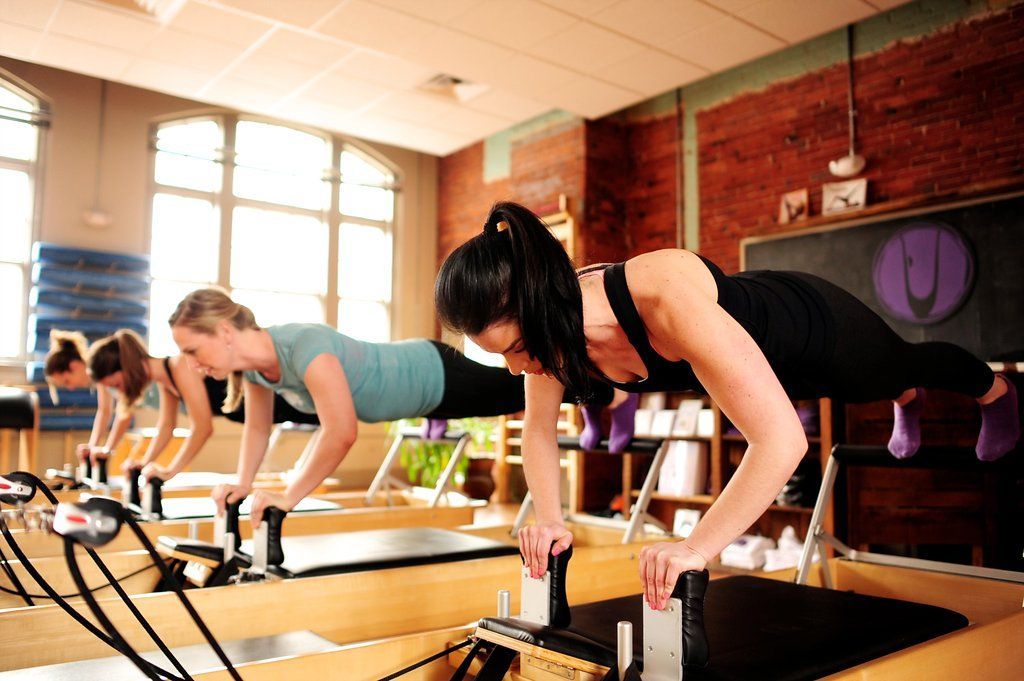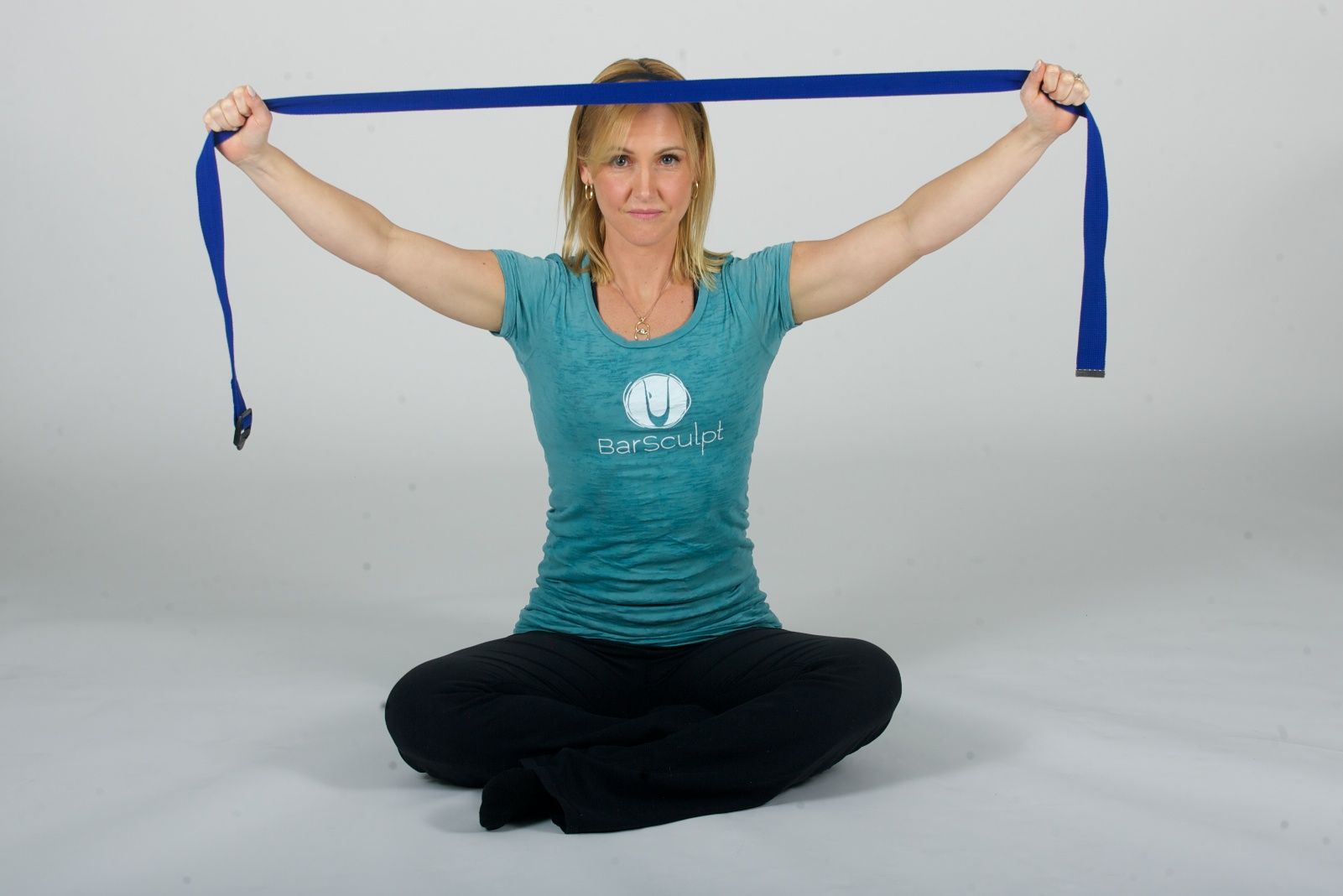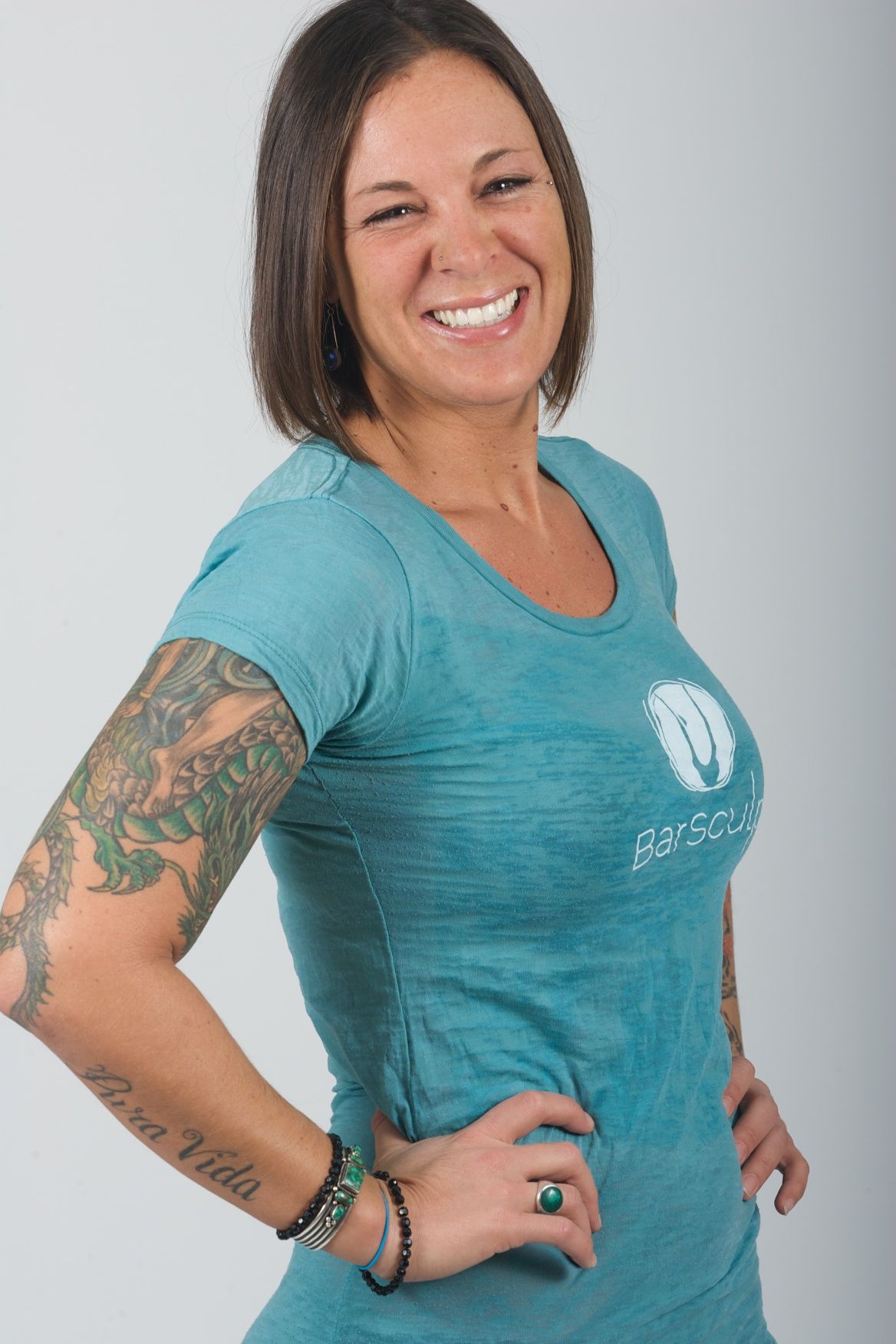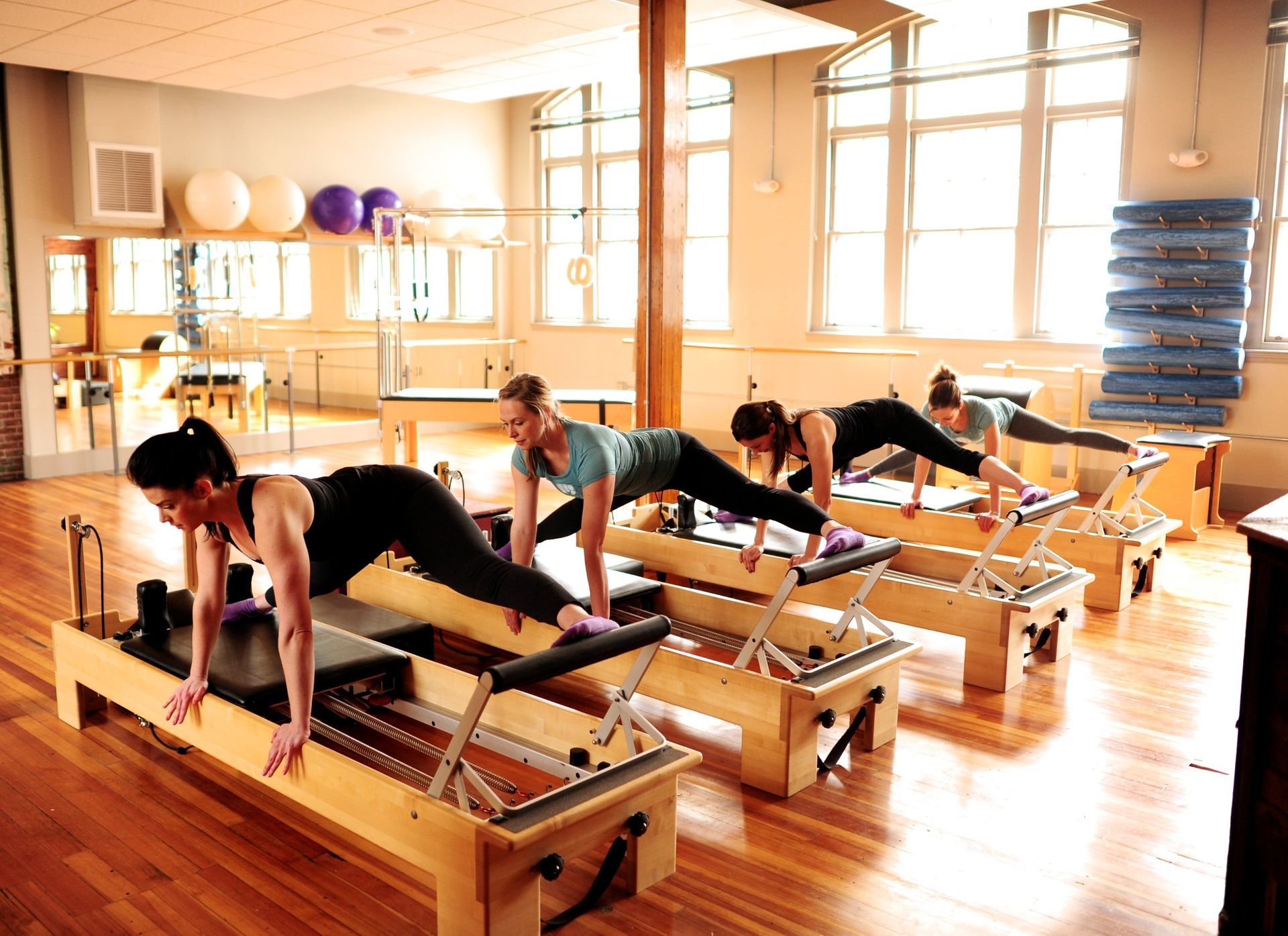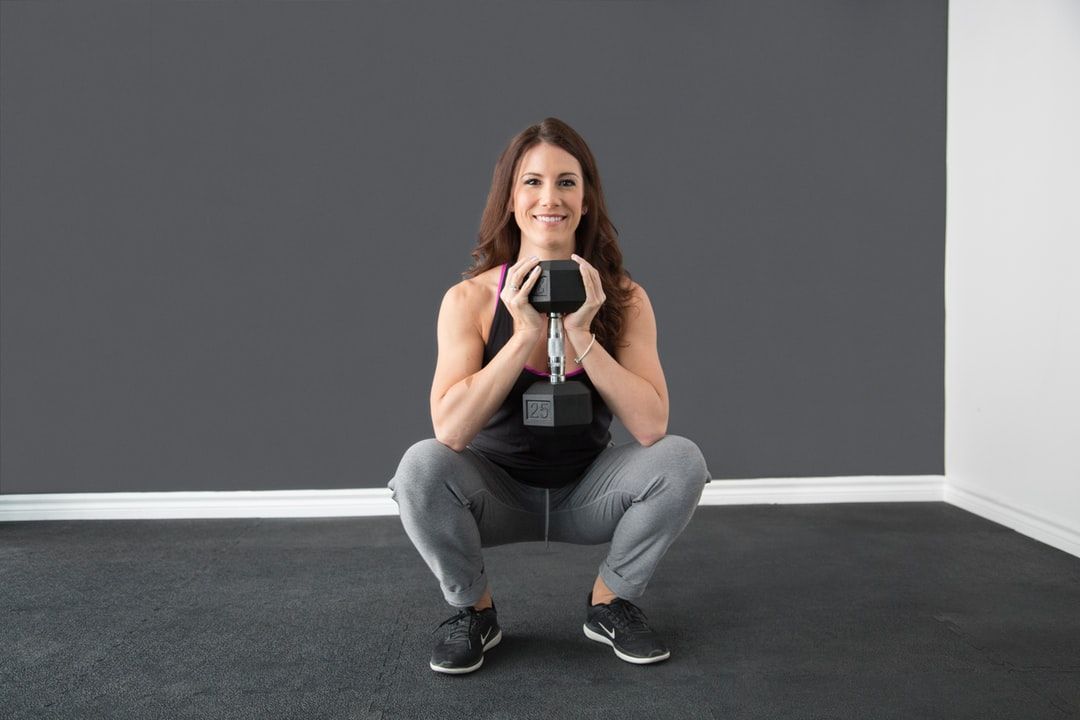Take Breaks When Necessary to Avoid Over Exhaustion
Why pacing, pause, and rest are just as important for our clients—and ourselves—as the workout itself.

As teachers, we live in the constant rhythm of cueing, correcting, motivating, and guiding others through movement. We spend hours on our feet, holding energy for the room, and keeping classes flowing. At the same time, we’re role models. What we say, how we demonstrate, and the choices we make in our own bodies communicate to clients more than we realize.
One of the most under-discussed but essential lessons we can model for our clients—and remember for ourselves—is this: take breaks when necessary to avoid overexertion.
Micro-Breaks in Class: The Natural Pause
If you’ve been teaching for any length of time, you’ve seen it:
- A client in the Hundred quietly drops their head down for a few beats, then picks it back up.
- During thighwork at the barre, someone pauses mid-burn, shakes out their legs, then jumps back in.
- A student hangs in forward fold just a little longer before rejoining the group.
These micro-breaks are natural. They’re often all a client needs—a few seconds of release to reset their nervous system, let go of tension, or breathe before re-engaging. As teachers, we don’t need to panic when we see it. In fact, I often encourage it.
But not all “breaks” are created equal. And as teachers, we can help clients (and ourselves) understand the difference between a strategic pause and a necessary step back.
Knowing the Difference: Fatigue vs. Exhaustion
It’s one thing to pause to shake off muscle fatigue; it’s another to ignore genuine exhaustion. This is where our role as teachers expands from technical guidance to thoughtful coaching.
- Fatigue is expected. Muscles burn, form wavers, focus fades. A mini-break often does the trick.
- Exhaustion, on the other hand, is deeper. It comes from zero sleep, a packed work schedule, emotional stress, or stacking intense workouts (hello, marathon training or multi-day hikes). In these cases, pushing through doesn’t build strength—it risks breakdown.
Our job isn’t to shame clients into pushing harder. It’s to give them permission to recognize when the best choice is to pace, modify, or even rest.
The Culture of Rest Day Guilt
Here’s the tough truth: rest day guilt is real. Clients (and teachers too) often feel like skipping a workout is failing. We live in a culture that glorifies “never miss a Monday” and “no days off.”
But here’s what I’ve seen over decades of teaching: guilt disappears quickly when comfort shows up. And comfort often arrives in the form of a small movement check-in.
- A client who skips barre because they’re wrecked might do a 1-minute plank and feel strong, knowing they still connected to their core.
- Someone who takes a rest day from Reformer might bang out 20 push-ups and feel reassured they’re not “losing ground.”
- For me, comfort can come from a quick stretch, a walk, or a few Pilates bridges—something that connects me back to movement without draining energy.
The point is: rest days don’t have to mean zero movement. They can mean choosing comfort over exertion. That’s not laziness—it’s wisdom.
Teaching Clients Ownership of Their Breaks
As teachers, we can normalize breaks as part of the training process, not an interruption. That starts with the language we use.
Instead of:
- “Don’t stop!”
- “Push through, no breaks!”
Try:
- “Listen to your body—take a pause if you need to.”
- “Shake it off, then jump back in when you’re ready.”
- “Rest is part of the work.”
We can also highlight how breaks can be used strategically:
- In thighwork, pausing to stretch the quads before rejoining.
- In arm series, setting weights down for a few reps, then picking them up again.
- In abdominal work, choosing to focus on controlled breathing instead of reps for a cycle.
When we model and permit ownership of breaks, clients feel empowered to trust their bodies. That’s how longevity in movement is built.
Teacher to Teacher: Don’t Forget Yourself
And here’s the kicker: we teachers are often the worst offenders. We preach balance but skip our own rest days. We say “take care of your body” while stacking on classes, privates, workshops, and training hours until there’s no space left.
I’ve been there—overextended, running on fumes, telling myself I’ll “rest later.” But the truth is, breaks are what allow us to show up fresh, inspired, and strong for our clients. Without them, burnout is inevitable.
So here’s my gentle reminder to you, teacher-to-teacher:
- Take the nap.
- Cancel the extra workout.
- Stretch instead of sprint.
- Say no when your schedule (and your body) is already full.
You won’t lose credibility by resting—you’ll gain longevity in your teaching career.
Finding Your Comfort
Rest looks different for everyone. For some, it’s a full day off with zero movement. For others, it’s an active recovery walk or light stretching. For me, it often means giving myself permission to scale back instead of power through.
I find comfort in small, grounding movements when guilt creeps in: a plank, some push-ups, a spinal twist. They remind me that I’m still in my body, still strong, still committed—but I’m honoring my energy for the long haul.
That’s what I encourage my clients (and fellow teachers) to do as well: find your comfort, lean in, and release the guilt.
Because at the end of the day, the break you take today may be the very thing that keeps you moving for decades to come.
